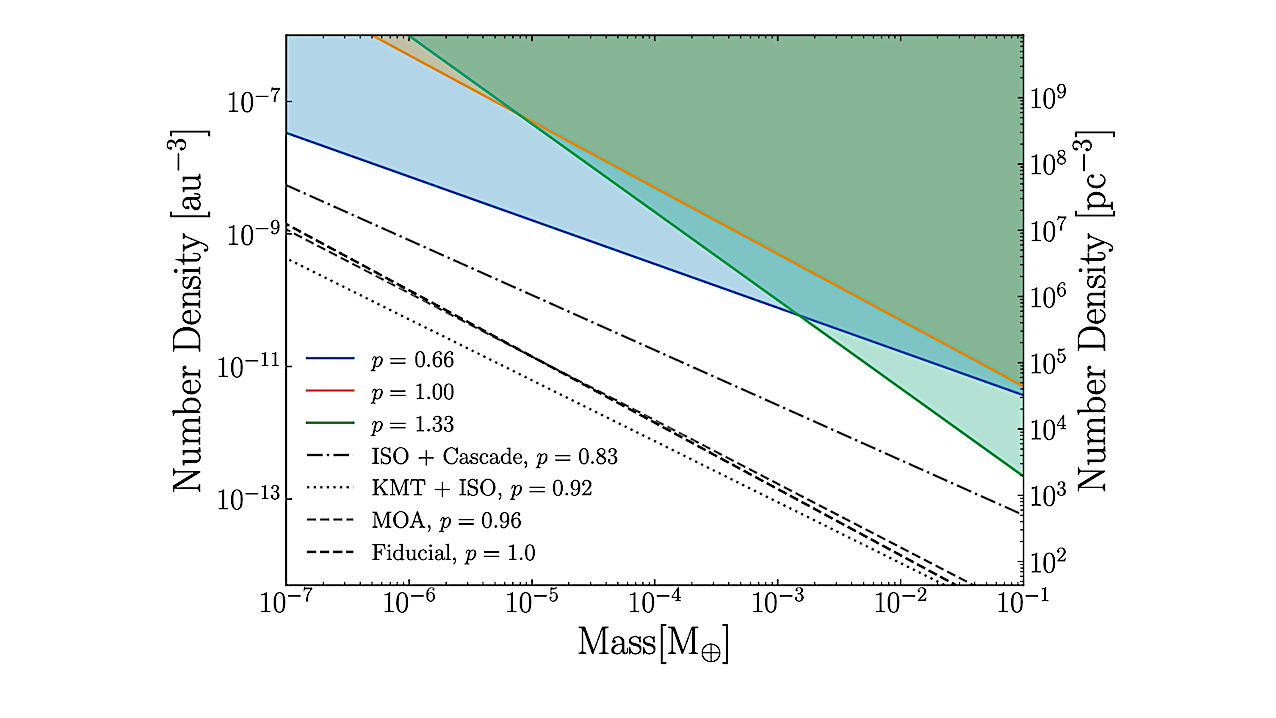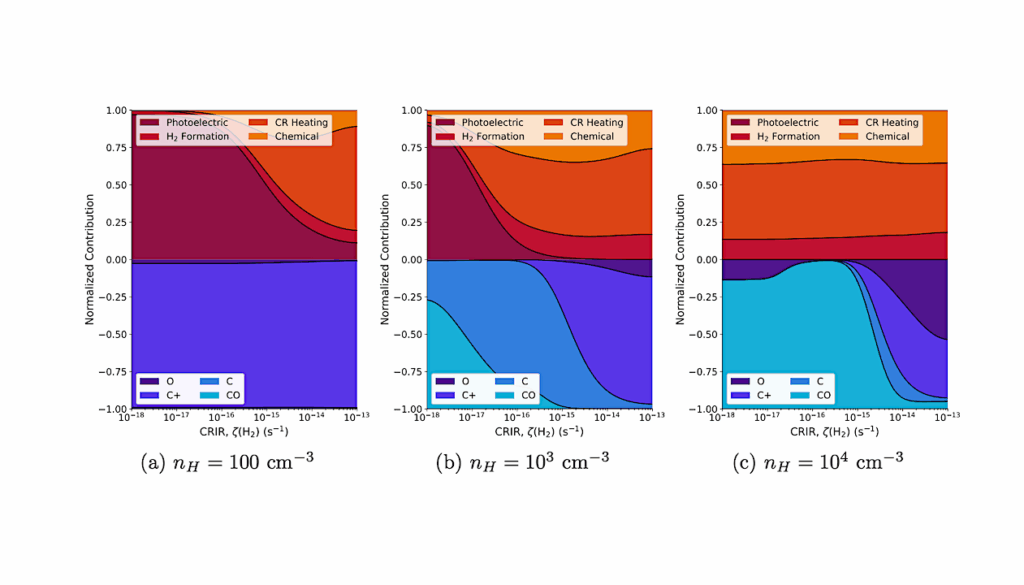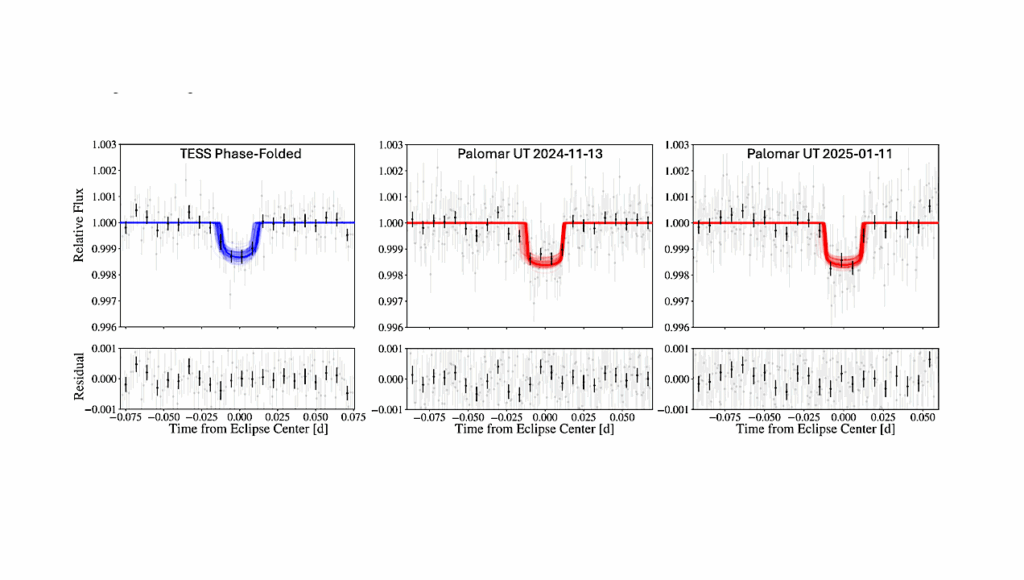Constraints On Sub-terrestrial Free-floating Planets From Subaru Microlensing Oobservations

The abundance of protoplanetary bodies ejected from their parent star system is presently poorly-constrained. With only two existing optical observations of interstellar objects in the 108−1010 kg mass range and a small number of robust microlensing observations of free-floating planets (FFPs) in the 1024−1025 kg mass range, there is a large range of masses for which there are no existing measurements of the unbound population.
The three primary microlensing surveys currently searching for FFPs operate at a cadence greater than 15 minutes, which limits their ability to observe events associated with bodies with a mass much below an Earth mass. We demonstrate that existing high-cadence observations of M31 with the Subaru Hyper Suprime-Cam place the best direct constraints at present on the abundance of unbound objects at sub-terrestrial masses, with peak sensitivity at 10−4 M⊕ for Milky Way lenses and 10−1 M⊕ for lenses in M31. For a fiducial dndM∝M−2 mass distribution, we find that the abundance of unbound objects is constrained to nunbound<4.4×107 pc−3 for masses within 1 dex of 10−4 M⊕.
Additionally, we compute limits on an artificial “monochromatic” distribution of unbound objects and compare to existing literature, demonstrating that the assumed spatial distribution of lenses has very significant consequences for the sensitivity of microlensing surveys. Our limits place robust constraints on the unbound population in the sub-terrestrial mass range and motivate new observational strategies for microlensing surveys.
William DeRocco, Nolan Smyth, Stefano Profumo
Comments: 10 pages, 7 figures, submitted to MNRAS
Subjects: Earth and Planetary Astrophysics (astro-ph.EP); Astrophysics of Galaxies (astro-ph.GA); High Energy Physics – Phenomenology (hep-ph)
Cite as: arXiv:2308.13593 [astro-ph.EP] (or arXiv:2308.13593v1 [astro-ph.EP] for this version)
Submission history
From: William DeRocco
[v1] Fri, 25 Aug 2023 18:00:00 UTC (1,369 KB)
https://arxiv.org/abs/2308.13593
Astrobiology,








